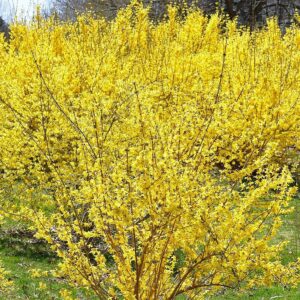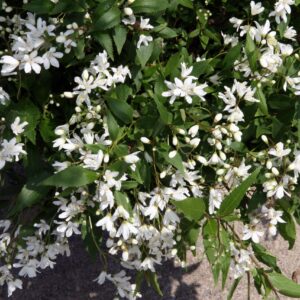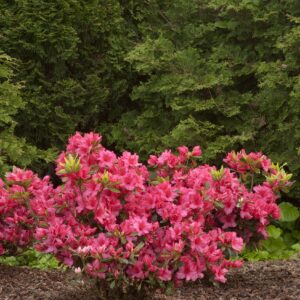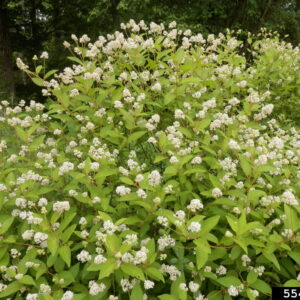Description
Bluebeard 'Longwood Blue' Characteristics
'Longwood Blue' are highly ornamental fragrant shrubs with an extended flowering season. They are coveted for the cloud forming lbue flowers that reach beyond the rest of the foliage. When touched, the pleasant aroma becomes even more obvious.
'Longwood Blue' can experience some vulnerability to the harsh Pennsylvania winters. The roots should survive with a thick layer of mulch for protection. The stems are not winter hardy and will die back in winter. Pruning and cutting hard stems to the ground is advised in early spring. Flowers bloom on new growth, so cutting back old foliage should not affect flowering.
There are few serious insect of disease issues that are common in 'Longwood Blue'. Crown and root rot may occur in poorly drained soils.
-
USDA Climate Zone
Zones 5 - 9
-
Height
2.00 - 4.00'
-
Spread
2.00 - 4.00'
-
Bloom Time
July - September
-
Water
Medium
-
Sun
Full Sun
-
Maintenance
Low
-
Deer Resistant?
Yes




